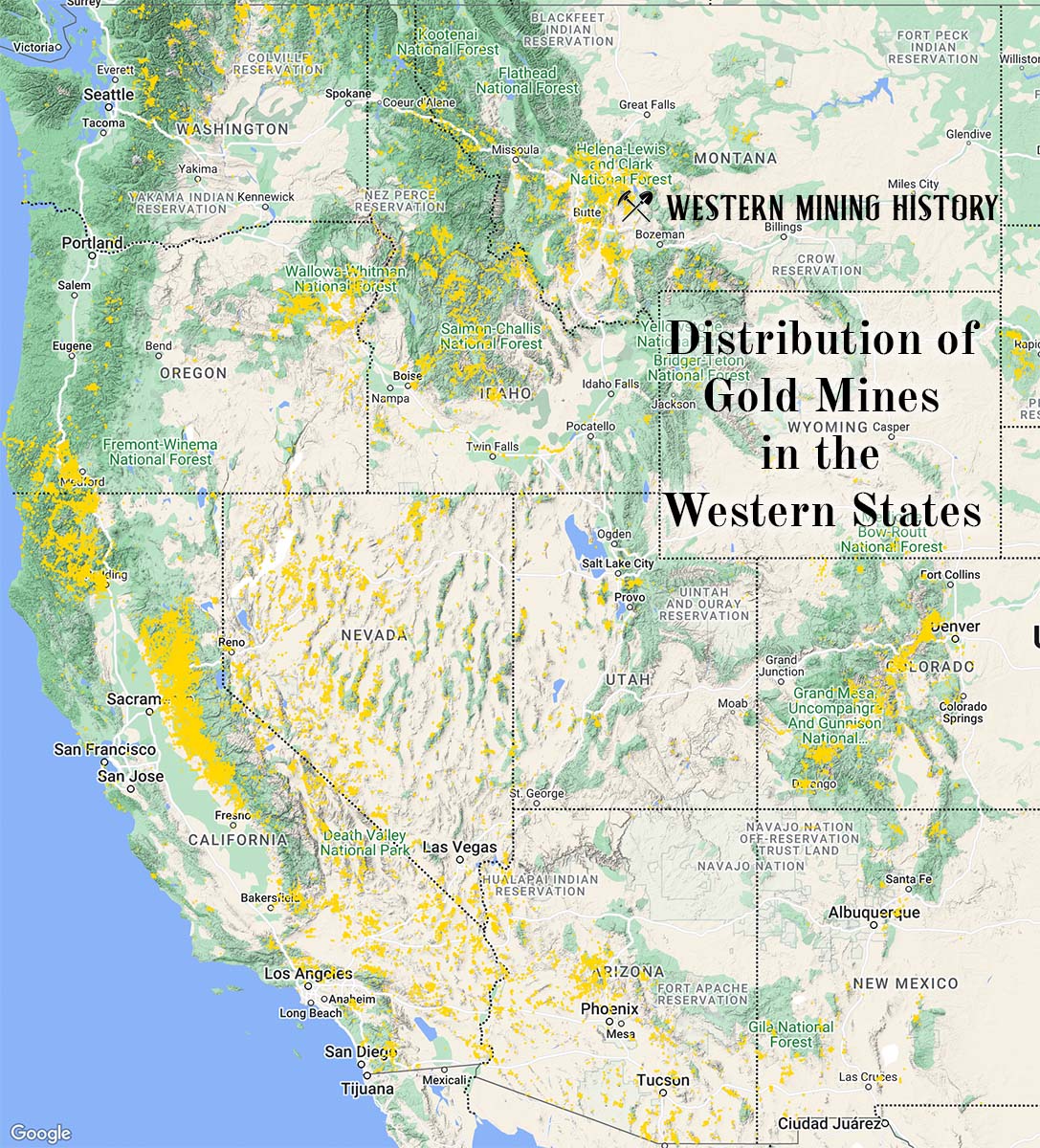The Dugas is a silver, gold, lead, zinc, and copper mine located in Alaska.
About the MRDS Data:
All mine locations were obtained from the USGS Mineral Resources Data System. The locations and other information in this database have not been verified for accuracy. It should be assumed that all mines are on private property.
Mine Info
Elevation:
Commodity: Silver, Gold, Lead, Zinc, Copper
Lat, Long: 56.06306, -130.27111
Map: View on Google Maps
Dugas MRDS details
Site Name
Primary: Dugas
Secondary: Stampede
Secondary: Blasher Extension
Commodity
Primary: Silver
Primary: Gold
Primary: Lead
Primary: Zinc
Primary: Copper
Location
State: Alaska
District: Hyder
Land Status
Not available
Holdings
Not available
Workings
Not available
Ownership
Not available
Production
Not available
Deposit
Record Type: Site
Operation Category: Prospect
Operation Type: Unknown
Years of Production:
Organization:
Significant:
Physiography
Not available
Mineral Deposit Model
Model Name: Polymetallic veins
Orebody
Not available
Structure
Not available
Alterations
Alteration Type: L
Alteration Text: Local intense iron staining. Minor oxidation of chalcopyrite to malachite.
Rocks
Name: Granite
Role: Associated
Age Type: Associated Rock
Age Young: Early Jurassic
Name: Granite
Role: Associated
Age Type: Associated Rock Unit
Age Young: Early Jurassic
Analytical Data
Not available
Materials
Ore: Chalcopyrite
Ore: Galena
Ore: Malachite
Ore: Pyrite
Ore: Sphalerite
Gangue: Quartz
Comments
Comment (Geology): Geologic Description = The country rocks in the area of this prospect are pelitic metasedimentary and subordinate andesitic metavolcanic strata of the Jurassic or older Mesozoic Hazelton Group. The Hazelton is underlain and locally intruded by the Triassic Texas Creek Granodiorite, and both the Hazelton and Texas Creek are intruded by the Eocene Hyder Quartz Monzonite (Smith, 1977; Berg, 1977, p. 15-18, 22-23; Koch, 1996). ? Buddington (1929, p. 99) describes three types of deposits, hosted in graywacke and slate: (1) quartz fissure veins in a shattered zone cutting across bedding; (2) mineralized quartz stringers in shear zones parallel to bedding; and (3) stringers of sulfide minerals parallel to bedding. The sulfide minerals are sphalerite, galena, pyrite, and chalcopyrite. Fracture surfaces in an aplite are faced with some of the sulfides.? Berg and others (1977, p. 38-39, 77, 79-80) describe the strongly iron-stained deposit as a shear zone up to two feet wide in graywacke and argillite that contains small amounts of galena, sphalerite, and chalcopyrite. They also describe a mineralized aplite dike and a two-foot-thick quartz vein that contains small to trace amounts of the same[?] sulfide minerals and malachite. A single composite sample from three channel samples assayed 300 ppm Cu, 250 ppm Pb, 200 ppm Zn, and 10 ppm Ag. The highest precious-metal assays from 5 samples were 0.05 ppm Au and 30 ppm Ag.
Comment (Workings): Workings / Exploration = The only workings identified in 1973 (Berg and others, 1977) were three small pits or trenches. A single composite from three channel samples assayed 300 ppm Cu, 250 ppm Pb, 200 ppm Zn, and 10 ppm Ag. The highest precious-metal assays from 5 samples were 0.05 ppm Au and 30 ppm Ag.
Comment (Reference): Primary Reference = Berg and others, 1977
Comment (Deposit): Other Comments = This prospect, identified in 1972 (Berg and others, 1977, p. 77, 79-80) by three small pits, was called Dugas by Buddington (1929, p. 99) and Stampede by Berg and others (1977, p. 38-39, 77, 79). The Dugas/Stampede prospect area was originally staked in 1925 and restaked several times since then. In 1958 it was covered by the Alaska State Mines Extension group of claims. None of these claims was active in 1973.? the name Blasher Extension has also been associated with this prospect area.? Site appears to be just within Misty Fiords National Monument.
Comment (Exploration): Status = Inactive
Comment (Deposit): Model Name = Polymetallic veins
References
Reference (Deposit): Elliott, R.L., and Koch, R.D., 1981, Mines, prospects, and selected metalliferous mineral occurrences in the Bradfield Canal quadrangle, Alaska: U.S. Geological Survey Open-File Report 81-728-B, 23 p., 1 sheet, scales 1:250,000 and 1:63,360.
Reference (Deposit): Koch, R.D., 1996, Reconnaissance geologic map of the Bradfield Canal quadrangle, southeastern Alaska: U.S. Geological Survey Open-File Report 81-728-A, 35 p., 1 sheet, scale 1:250,000.
Reference (Deposit): Buddington, A.F., 1929, Geology of Hyder and vicinity, southeastern Alaska, with a reconnaissance of Chickamin River: U.S. Geological Survey Bulletin 807, 124 p.
Reference (Deposit): Smith, J.G., 1977, Geology of the Ketchikan D-1 and Bradfield Canal A-1 quadrangles, Alaska: U.S. Geological Survey Bulletin 1425, 49 p.
Reference (Deposit): Berg, H.C., Elliott, R.L., Smith, J.G., Pittman, T.L., and Kimball, A. L., 1977, Mineral resources of the Granite Fiords wilderness study area, Alaska, with a section on aeromagnetic data by Andrew Griscom: U.S. Geological Survey Bulletin 1403, 151 p.
The Top Ten Gold Producing States

These ten states contributed the most to the gold production that built the West from 1848 through the 1930s. The Top Ten Gold Producing States.